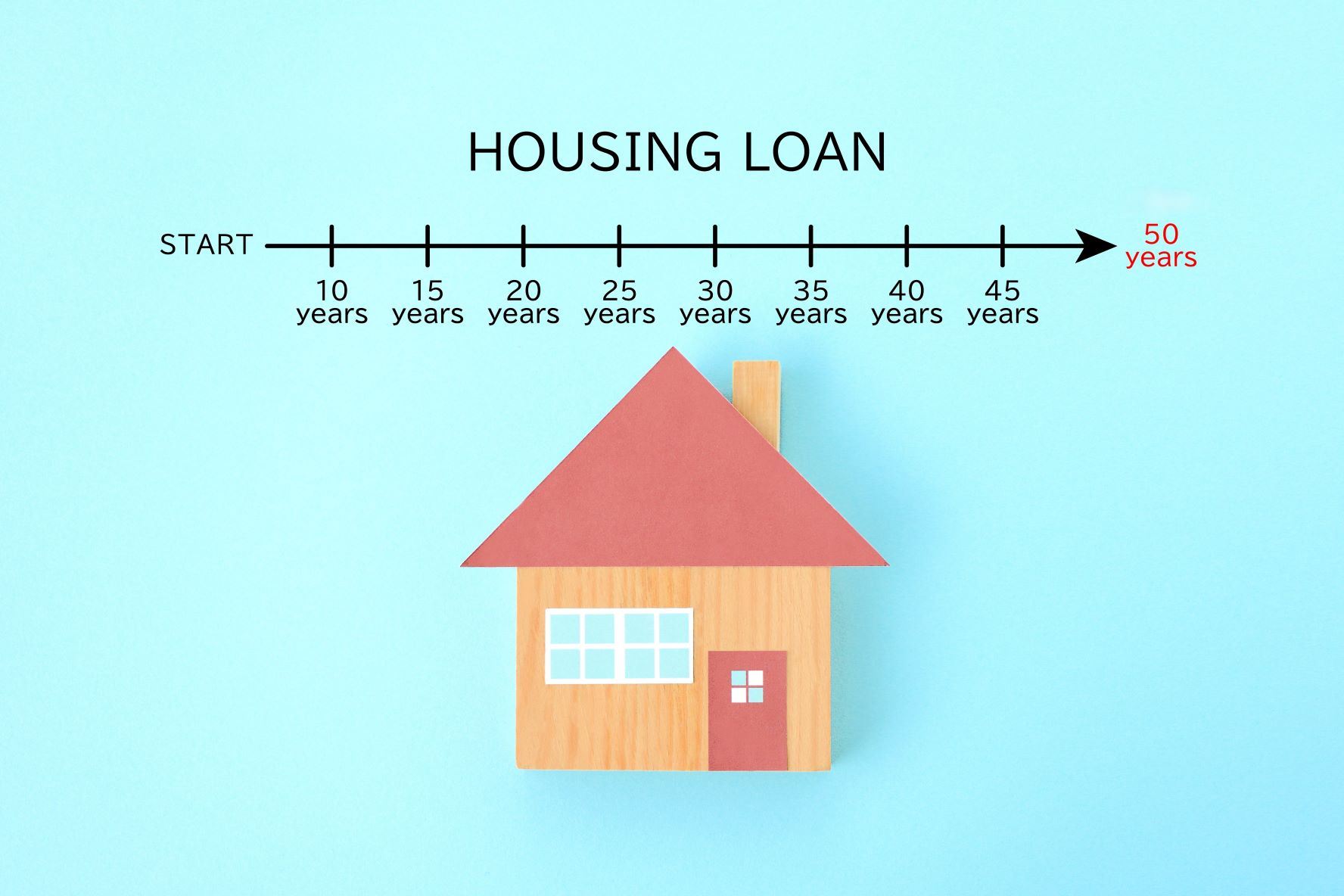
By Jeff Lazerson | jlazerson@mortgagegrader.com | MortgageGrader.com | November 17, 2025
Article originally posted in Orange County Register on November 13, 2025
President Donald Trump and Bill Pulte, director of the Federal Housing Finance Agency, are pushing a 50-year mortgage.
Southern California is one of the least affordable regions for homebuyers, especially first-time buyers. We have big prices, big taxes and big insurance costs. If this half-century mortgage comes to pass, it will create an opportunity for more homebuying borrowers to access homeownership, benefiting from the lower house payment.
There are some obstacles for such a long-term note.
The new age of a first-time homebuyer is now 40 years old, according to the National Association of Realtors, making a long-term debt less attractive to certain buyers.
And David Dworkin, president and CEO of the National Housing Conference, told Bloomberg that the 50-year mortgage “dramatically depreciates the biggest value of homeownership — wealth building.”
“Over time, the loss of equity quickly overcomes any savings on payment,” he told Bloomberg
That said, there are plenty of reasons to have more options in the mortgage game.
And there’s also precedent for the 50-year mortgage, which are offered in England, Spain, France and Finland.
Some of the exotic U.S. mortgage lenders in the non-qualified mortgage category offer 40-year mortgages.
It would likely take an act of Congress for this to happen because mortgages over 30 years are prohibited from being bought by Fannie Mae and Freddie Mac under Dodd-Frank.
And a 50-year Treasury Bill might need to be created as 30 years is the longest we have today.
Just like the American 40-year mortgage, my advice to Pulte is to set up the mortgage with the interest-only optional payment for the first 10 years. After 10 years, the loan balance would be amortized over 40 years.
So, let’s break the various payments down.
A $600,000 mortgage amortized at a 6% interest rate on a 30-year fixed would offer a principal and interest monthly payment of $3,597.
Using the same loan amount and interest rate (it’s possible that a 50-year mortgage could carry a higher interest rate than a 30-year rate which would mean less savings) but amortizing the loan over 50 years means the principal and interest payment is $3,158. That’s 12% or $439 per month cheaper than the 30-year mortgage.
Now take the 50-year mortgage with an interest-only loan for the first 10 years. This provides you with a payment of $3,000 per month. That’s a whopping $597 per month less than the 30-year fixed or about 17% cheaper.
It also means you can qualify for a home at a price roughly $100,000 higher than you can with a 30-year amortized mortgage if you were to go interest-only (assuming the $597 payment differential).
More buying power is a huge deal for many Southern California home shoppers. Many can qualify for little more than a shoebox. Increasing the opportunity by $100,000 might just mean being able to buy a house or condo.
As the homebuyers grow into the home more comfortably, meaning wage growth, they can always refinance into a 30-year fixed rate. In my experience as a mortgage loan originator, about 20% of mortgage holders try to shorten their loan term. For example, refinancing a 30-year fixed into a 15-year fixed. So, refinancing 50 to 30 is a real possibility.
“The average lifespan of a mortgage is seven to 10 years,” said Guy Cecala, executive chair, Inside Mortgage Finance. “That’s why it’s priced off the 10-year Treasury bill.”
New mortgage interest is deductible up to $750,000. So, not only might you get into a home, but you also have the mortgage interest deduction on top of the potential appreciation.
On the downside, if you were to keep the 50-year mortgage and you just pay on schedule (no principal paydowns), you are obviously adding 20 years to pay your mortgage off and you are adding more than $600,000 in payments over those 20 years.
All you are doing when you take out a mortgage is renting money. Having one more option in a 50-year mortgage can be a good thing when home affordability is a struggle.
Next week: Comparing FICO to VantageScore.
Freddie Mac rate: The 30-year fixed rate averaged 6.24%, 2 basis points higher than last week. The 15-year fixed rate averaged 5.49%, 1 basis point lower than last week.
The Mortgage Bankers Association reported a 0.6% mortgage application increase compared with one week ago.
Bottom line: Assuming a borrower gets an average 30-year fixed rate on a conforming $806,500 loan, last year’s payment was $286 more than this week’s payment of $4,961.
What I see: Locally, well-qualified borrowers can get the following fixed-rate mortgages with one point: A 30-year FHA at 5.375%, a 15-year conventional at 5.25%, a 30-year conventional at 5.875%, a 15-year high-balance conventional at 5.75% ($806,501 to $1,209,750 in LA and OC and $806,501 to $1,077,550 in San Diego), a 30-year high balance conventional at 6.125% and a jumbo 30-year fixed at 6.125%.
Eye-catcher loan program of the week: A 30-year mortgage, fixed for the first five years at 5.5%, with 30% down payment and 1 point cost.
Jeff Lazerson, president of Mortgage Grader, can be reached at 949-322-8640 or jlazerson@mortgagegrader.com. His website is www.mortgagegrader.com.
If you enjoyed this article and want to receive weekly mortgage news for FREE, sign up for the newsletter HERE.


President
Mortgage Grader | NMLS: 1089 DRE #01517123